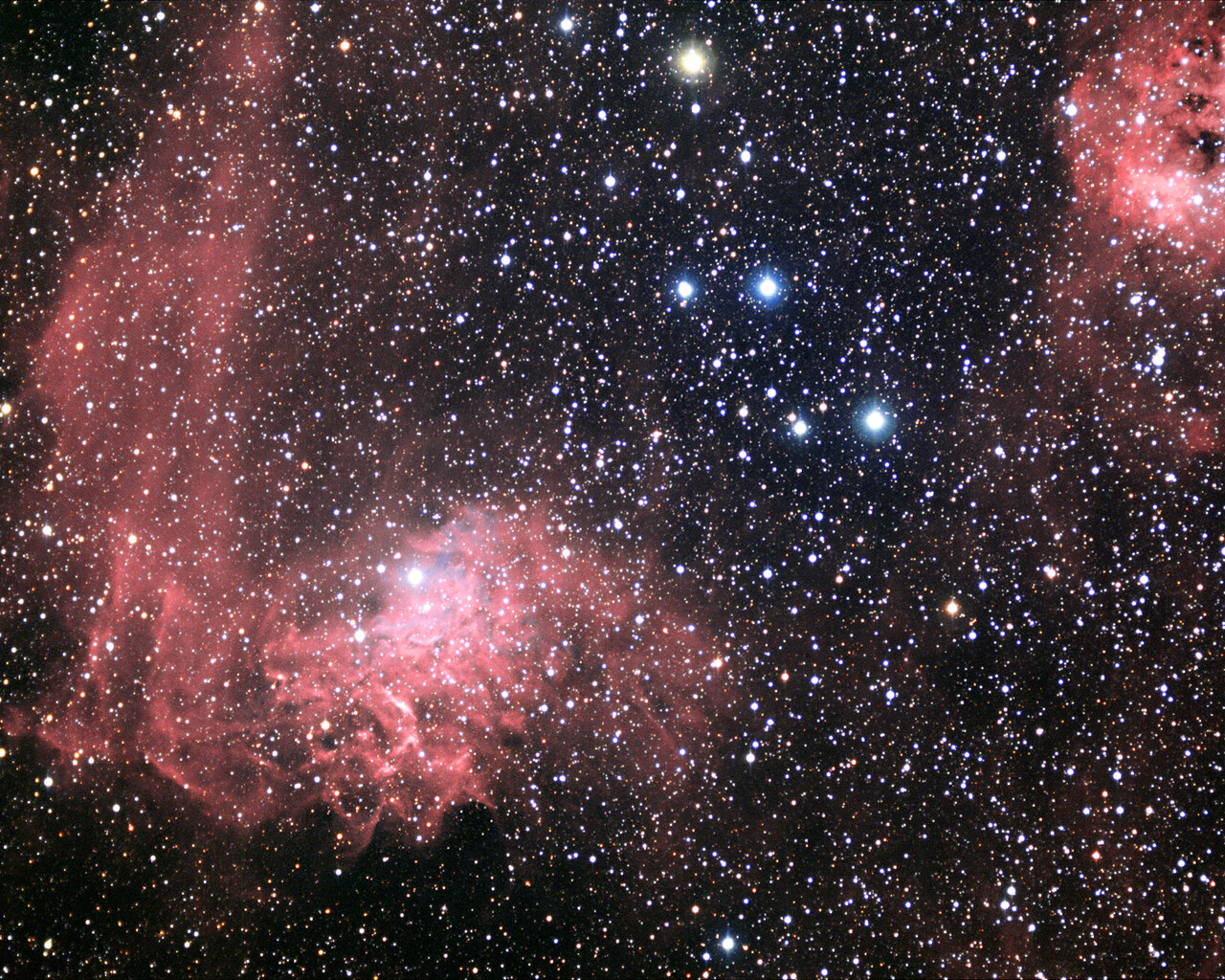Auriga
Origin
Auriga is constellation in the northern celestial hemisphere with best visibility in the winter months. Auriga is one of the constellations that even Hellenistic Greek authors like Eratosthenes (3rd. Century BCE) found confusing: the charioteer was considered to drive a fast chariot while simultaneously carrying a goat and her offspring on his shoulder. The image is likely a multicultural merger.
Auriga is Latin for charioteer. Auriga’s position near the winter Milky Way makes it home to a variety of star clusters and interesting objects.
Bright Stars
The brightest star in Auriga is Capella, the She-Goat. Capella is one of the six stars in the asterism known as the Winter Hexagon (along with Rigel, Aldebaran, Pollux, Procyon and Sirius). Capella is the sixth-brightest star in the sky at a distance of 43 light-years. Menkalinan is a bright star shining at magnitude 1.90 and is 81 light-years distant. Hasseleh is an orange giant that shines at a magnitude of 2.7 at a distance of 494 light-years.


 Photo of the constellation Auriga produced by NOIRLab in collaboration with Eckhard Slawik, a German astrophotographer.
The annotations are from a standardized set of 88 western IAU constellations and stick figures from Sky & Telescope. Please find here a non-annotated version of the image.
Photo of the constellation Auriga produced by NOIRLab in collaboration with Eckhard Slawik, a German astrophotographer.
The annotations are from a standardized set of 88 western IAU constellations and stick figures from Sky & Telescope. Please find here a non-annotated version of the image.
Credit: E. Slawik/NOIRLab/NSF/AURA/M. Zamani
Notable Objects
Auriga is located near the winter Milky Way and has several objects that are pleasing sights through a small telescope or good binoculars. Messier 36 is a magnitude-6 open cluster at a distance of 3900 light-years. Messier 37 is a brighter (magnitude 5.7) and larger open cluster that lies 4200 light-years away. Messier 38 is a diffuse open cluster that lies 3900 light-years away and shines at magnitude 6.4. These open clusters provide a nice contrast to each other and all are visible through binoculars and small telescopes.










